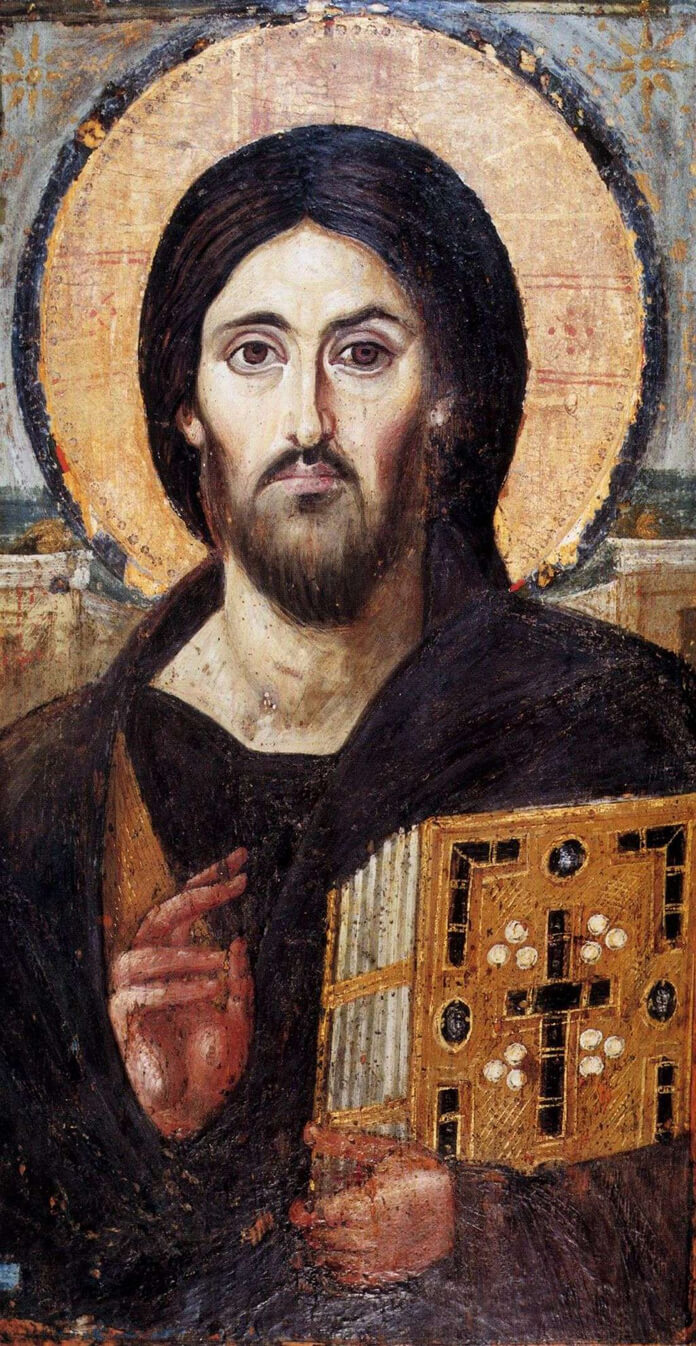
With the rise of Christianity, gold took on a new purpose. In Rome, Pagan gods were replaced with a single creator. Instead of building a connection between gold and spirituality, early Christians rejected wealth and luxury—including gold.
Perhaps the first poor god in history
To the early Christians, modesty and humbleness were considered valuable traits. After all, they were regularly attributed to Christ, considered the first poor god in history—just a humble shepherd.
When the rich and powerful Roman Emperor Constantine first converted to Christianity in 312 AD, it was considered little short of a miracle. For a man who had everything, he was now practicing a religion that was directed at the poor and the needy.
The distaste for wealth and extravagance continued in the early centuries of Christianity. Passage after passage in the Bible condemns those “seduced by worldly luxuries such as gold”.
A new meaning for gold
Within just a few centuries of the birth of Christianity, a new form of art emerged that illustrated the early Christians attraction to gold. The Byzantine icon and images similar to it were produced as early as the 5th century.

Icon painting, typically a painting depicting Christ, Mary, saints and/or angels, was an early form of Christian art, which heavily integrated gold, among other materials. What is so strange about this form of art, however, is the extensive amount of gold used throughout.
The answer lies in the illumination.
With this form of art, gold did not represent material things, but rather the immaterial—Christ himself. When illuminated, the gold part of the painting morphed from a murky brown to a shimmering light. This is where no other material could quite compete with gold’s shine. No other color or substance responded to light in the same way.
For the Christians, gold became the color of God. For the next thousand years, artists and craftsman continued to use the substance to depict the presence of God.
Gold becomes cemented in Christianity

A prominent example of gold in early Christianity is the Basilica of San Vitale in Ravenna, built by the Byzantine Emperor Justinian in the 6th century AD.
Inside, the walls are nearly totally encrusted with gold. They used one of the great inventions of the Byzantine Age—the tessera—to apply the gold. Inside the Basilica are tens of thousands of tiles throughout the walls. When the light enters the church, it is completely illuminated, sparkling and glistening as it moves.
